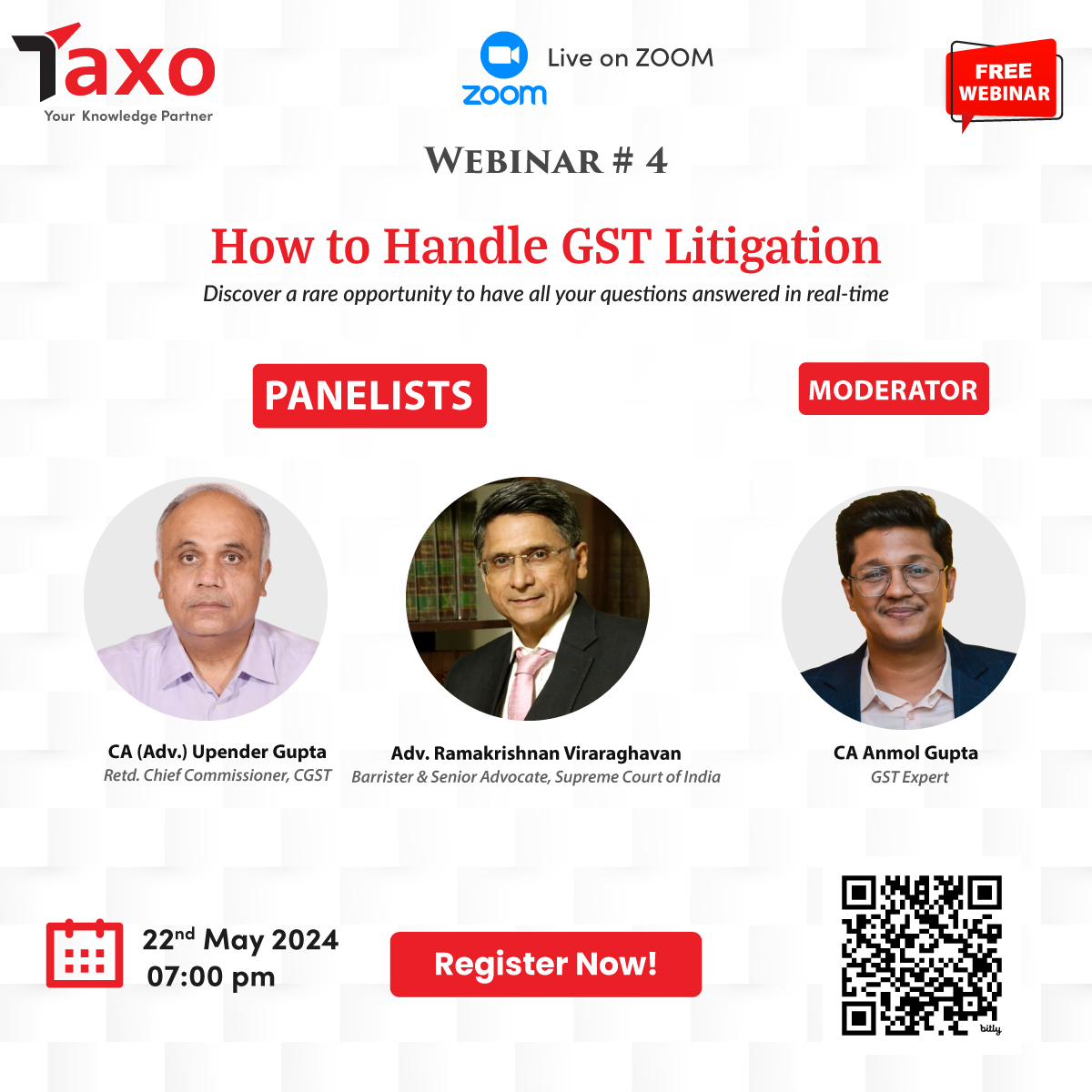 The Hon’ble High Court of Bomaby vide its order dated 21.09.2022 in the matter of Ramani Suchit Malushte Vs. Union of India & Others in Writ Petition No. – 9331 of 2022, held that unless digital signature is put by the issuing authority on the order, that order will have no effect in the eyes of law. Hence, the limitation for filing appeal would start from the date when the signature was put on the order by the issuing authority.
The Hon’ble High Court of Bomaby vide its order dated 21.09.2022 in the matter of Ramani Suchit Malushte Vs. Union of India & Others in Writ Petition No. – 9331 of 2022, held that unless digital signature is put by the issuing authority on the order, that order will have no effect in the eyes of law. Hence, the limitation for filing appeal would start from the date when the signature was put on the order by the issuing authority.
The Petitioner filed the writ petition before the Hon’ble High Court challenging the order dated 2nd August 2021 but issued on 4th August 2021, whereby petitioner’s appeal was dismissed on the ground that appeal was not filed within a period of three months as prescribed under Section 107(1) of The Central Goods and Services Tax Act, 2017 (the CGST Act) and also the appeal was delayed more than one month provided under Sub Section 4 of Section 107 of the CGST Act.
Case of the Petitioner: –
- It was submitted on the behalf of the petitioner that order in original dated 14th November 2019 is not digitally signed. Therefore, the same has not been issued in accordance with Rule 26 of the CGST rules and the time limit for filing appeal would start from the date when the digitally signed order is made available to the petitioner.
- It was submitted that the order was merely uploaded on the website without any signature and the signature was affixed for the first time on 19th May 2021, when the petitioner got it attested from the respondent authority for the purpose of filing appeal. Thus, the limitation period for filing the appeal against the Order for Cancellation of Registration dated 14 November 2019, never began because the Order was not signed in accordance with the rules. Alternatively, the limitation period began only from 19 May 2021 which is the date on which the signature of the Respondent authority was put on the order for the purposes of “attestation”.
- Hence, the Order of Cancellation of Registration dated 14 November 2019 as well as the First Appeal Order dated 4 August 2021, are therefore liable to be quashed and set aside.
Case of the Revenue/Respondents: –
- It was submitted on the behalf of the respondents that the show cause notice was digitally signed, however, the fact that the order-in-original dated 14th November 2019 was not signed, is not being denied on the behalf of the respondents.
- It was submitted that the petitioner cannot take a stand of not receiving the signed copy when it is not in dispute that the unsigned copy of the order was received by the petitioner electronically.
Held: –
- The Hon’ble Court after considering the submissions made, facts of the case, and on perusal of Section 107, found that any person aggrieved by any decision or order passed under the Act may apply to the Appellate Authority within three months from the date on which such decision or order is communicated to such person.
- Further Rule 26(3) of the Central Goods and Services Tax Rules, 2017 (the CGST Rules) and it is pari materia with Maharashtra Goods and Services Tax Rules, 2017 requires orders issued under Chapter III of the rules to be authenticated by a digital signature certificate or through E-signature or by any other mode of signature or verification notified in that behalf.
- It was found that Form GST-REG which was notified under the Rules for the purpose of passing order for cancellation of registration specifically requires the signature of the officer passing the order. Moreover, the respondent has not denied that any order passed by respondent requires to be digitally signed and certified.
- It was found by the Hon’ble Court that if the stand of the respondent that ‘the petitioner cannot take a stand of not receiving the signed copy of the order as the unsigned copy was received by the petitioner electronically’ is accepted, then the Rules which prescribe specifically that digital signature has to be put will be rendered redundant.
- With the afore-mentioned analysis of law and the rules applicable, the Hon’ble Court held that unless digital signature is put by the issuing authority that order will have no effect in the eyes of law.
- Lastly, the Hon’ble Court agreeing with the contentions of the petitioner held that time to file appeal would commence from the date when the signature of the Respondent issuing authority, for the purpose of attestation, was put on the order dated 14th November 2019.
The Hon’ble Court with the above findings set aside and quashed the impugned order by restoring the appeal to the file of the Respondent appellate authority, who shall consider the appeal on merits and pass such order as deemed fit in accordance with law after providing the opportunity of hearing. The order passed shall be a reasoned order.



